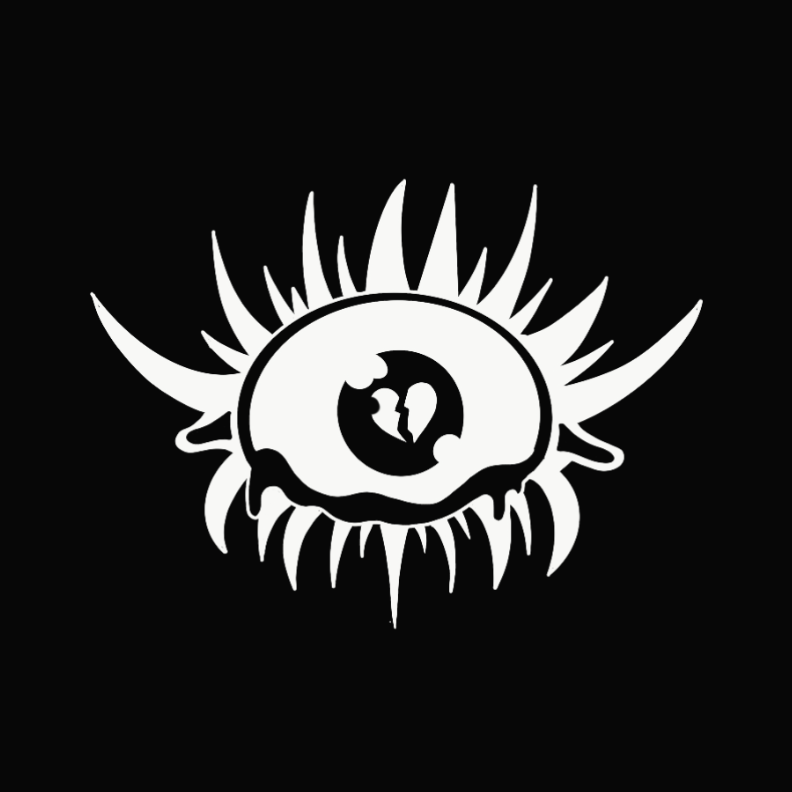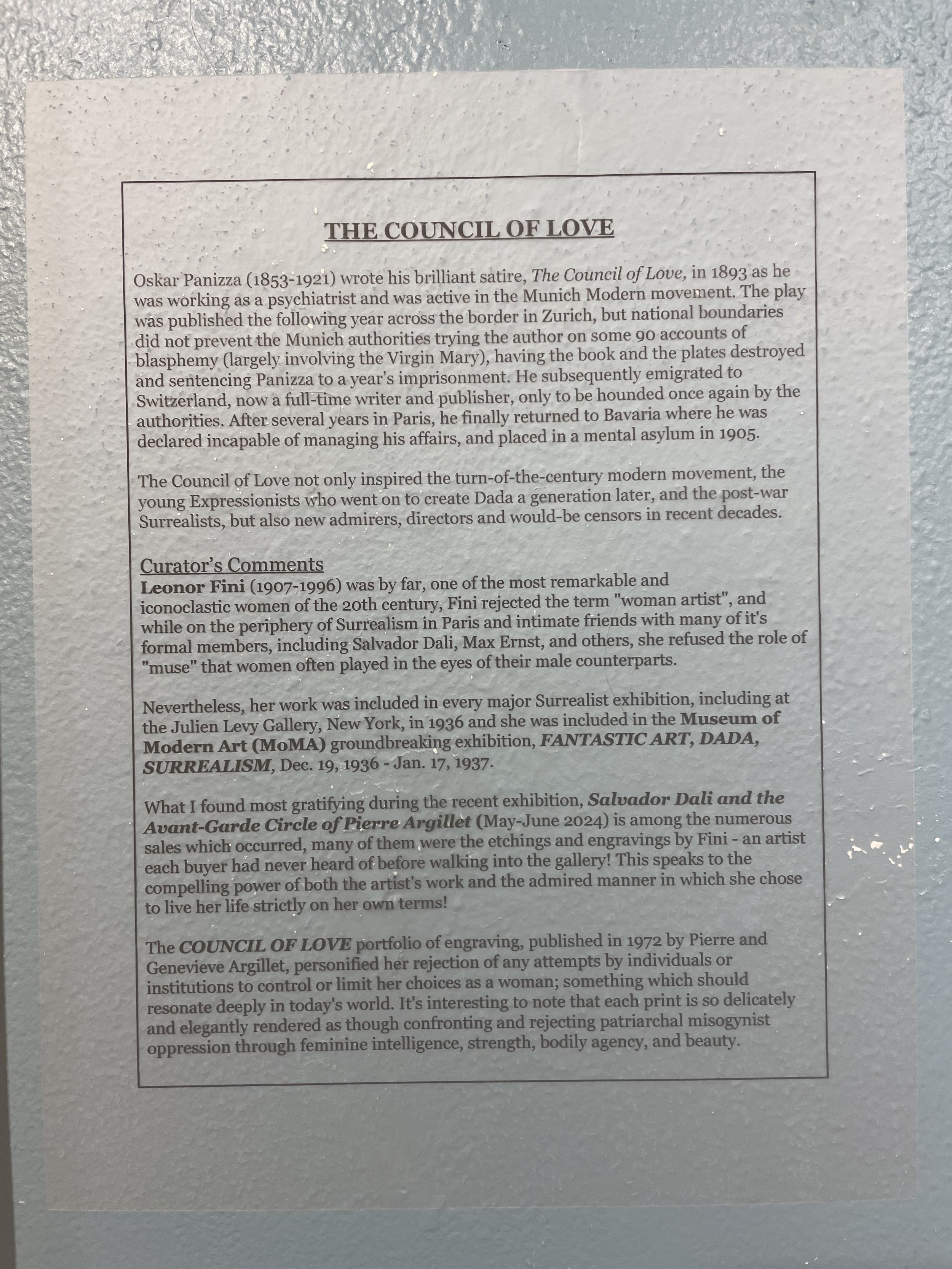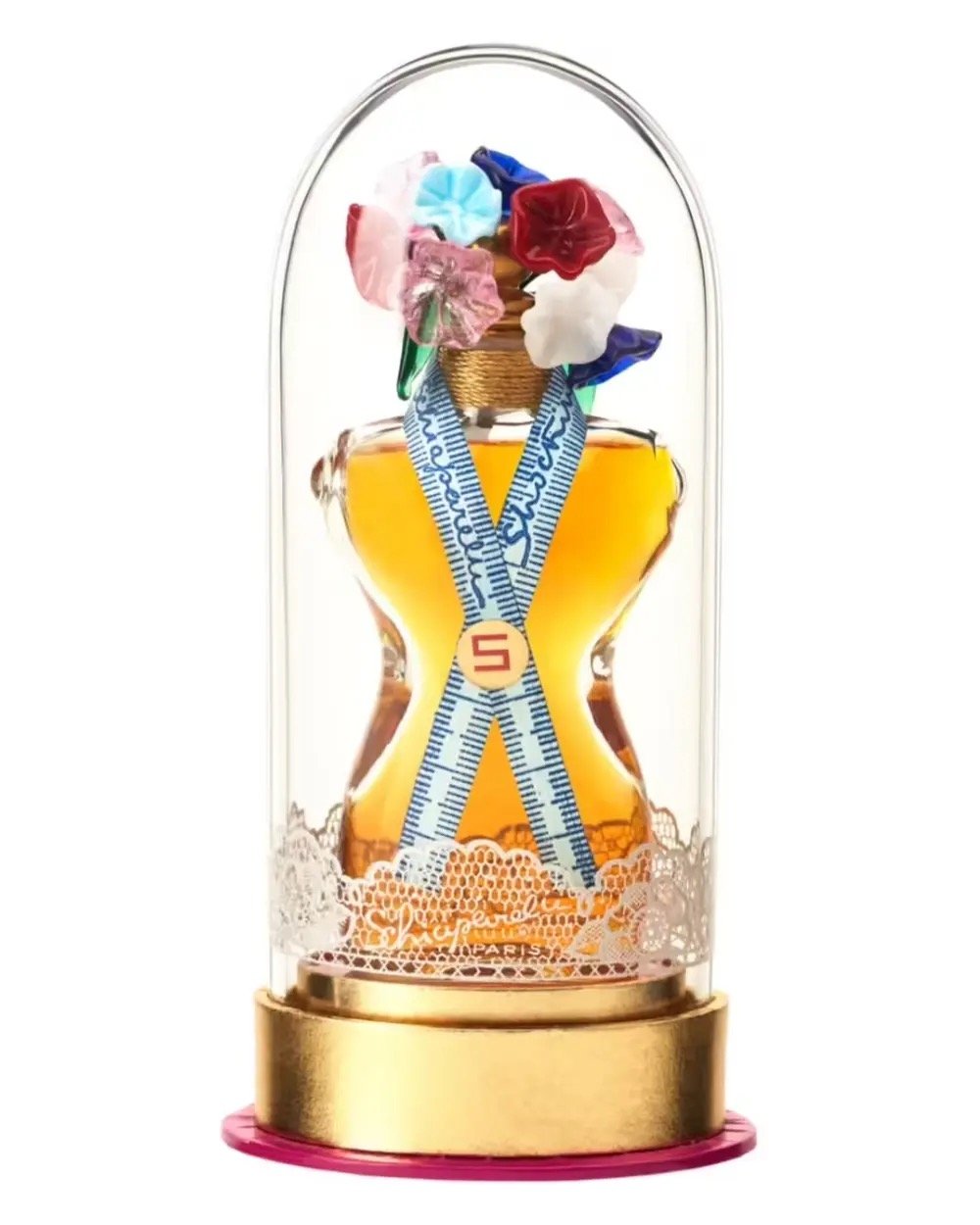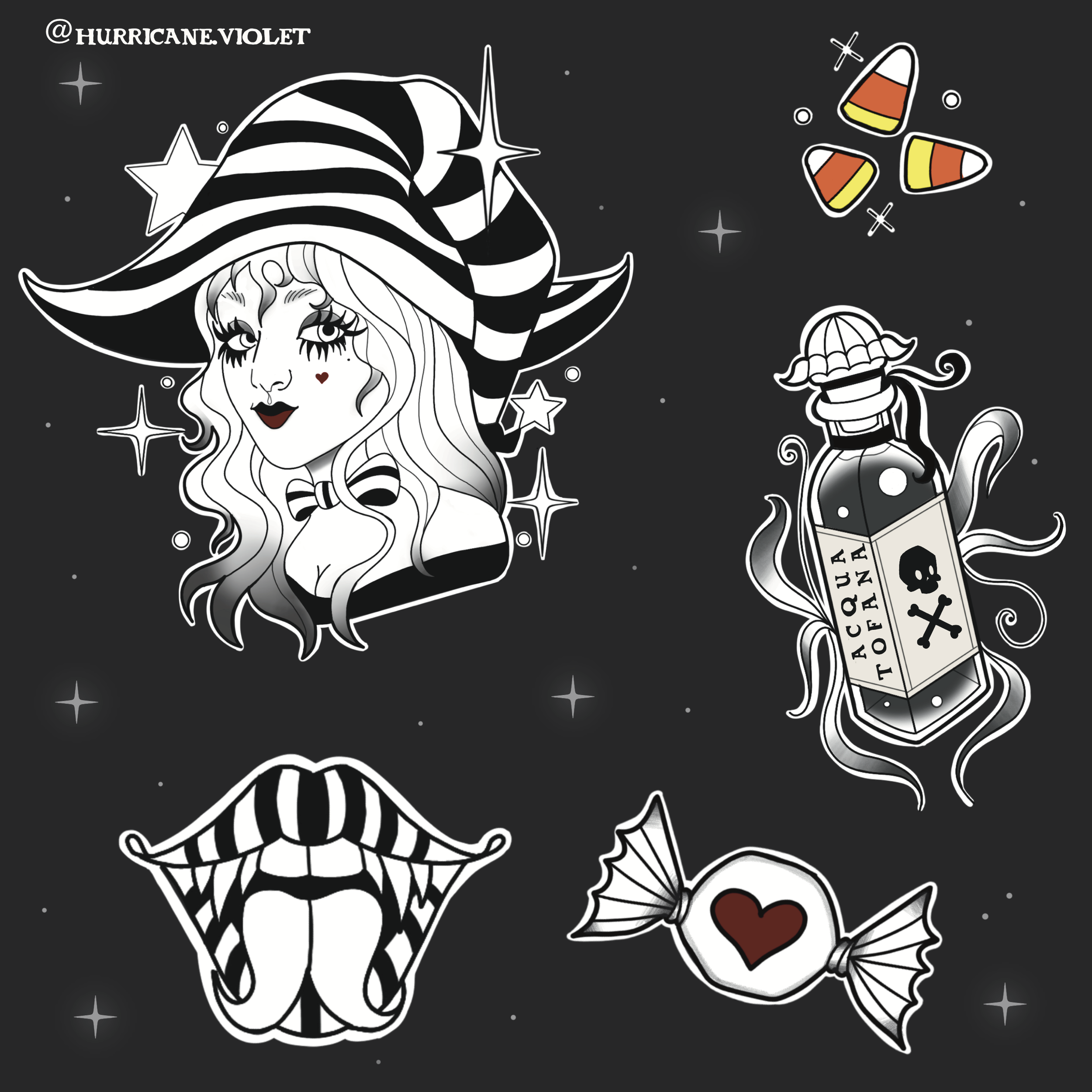Tarot Deck Update
As many of you probably already know, I’ve been in the process of designing my own tarot deck for the last few months. I’m happy to announce I’m finished with all 79 designs (Including the cover design for the back of the cards) and have ordered a few demo decks to look into potential printers. I plan to post a reveal video on Instagram with the deck I like most.
I plan on taking pre-orders for the decks, and plan on selling them here on my website, as well as locally in stores in the Capitol Hill neighborhood of Seattle. Stay tuned for more information!
If you’d like to stay informed on when they drop, you can sign up for alerts here.
5 things I learned about art
From designing my own Tarot Deck
As I’m sure most of you who follow me on instagram know by now, I’m currently designing a tarot deck. I did this partly to keep busy while building clientele for my tattoo business, and partly to start building a portfolio of non-tattoo art for my commissions and gallery work. One unexpected consequence I should have but did not forsee was the improvement in my art.
For those of you who aren’t familiar, tarot cards were playing card decks invented in the late 14th or early 15th century in Italy. Eventually, they began to be used for divination purposes as well. There are typically 78 cards in a deck, and I planned to design a back cover as well, so when I decided to do this, I knew it was going to be a huge undertaking.
Now, I have all of the designs done and am currently rendering the last 14 cards. Being so close to finishing has made me reflect on everything that I’ve learned about art throughout the process. Here are my top 5 things I learned.
Contrast is Key
Contrast in art helps to guide the viewers eye to what you want them to focus on, and away from the things you dont. I had an old mentor during my tattoo apprenticeship who used to say that a tattoo should be at least 30% pure black. I didn’t fully understand what that meant until under taking this project. Having a contrast between your darkest and lightest tones is one way of providing contrast, and will really make your work pop. I started to think of other ways I could provide contrast in a drawing -like in the detail work. Where should I draw detail in a subjects clothing, or the background, and when should I hold back and keep it simple? I realized it all depended on where I wanted to draw the viewers eye. Cultivating this skill has improved my art tenfold in a short amount of time, and has given me the ability to make quick judgements about what the focal point of a piece should be.
Keep it Simple
One of the major beginner mistakes I made as an artist starting out was thinking everything would look better if it was super detailed. This ties in with contrast, in a way: if everything is super detailed, then things will get lost in a sea of cluttered ornamentalism. A good artist can figure out which details are important to convey contextual information in a piece, and what will just confuse viewers. I also learned how to add detail by using the simplest, fewest lines or strokes possible. You’d be amazed by how much information you can convey with just a few strokes of a brush (or a needle.)
My first few cards were difficult while I tried to figure out these big things like composition, details, etc. Eventually, I figured out that starting with a small thumbnail sketch to capture the general shapes and forms of the piece would allow me to convey a lot of information with less detail. I’ve begun to incorporate this more into my tattoos as well, to great results.
Have a Plan
Sometimes you just need to put pen to paper and get something out - it can push you past an art block or surprise you with a great idea you wouldn’t have necessarily thought of yourself. But when you’re undertaking a big or important project, you need to have a general idea of where it’s going. What are your themes? What do you want to convey? With 78 distinct designs that all convey particular meanings, I had to be very mindful of what I drew for each card and why. The meanings may have been personal and not what another person would have drawn, but they were deliberate, and that’s what counts. Next time you’re working on a piece, ask yourself: What am I trying to tell the viewer? What do I want them to feel?
Be Patient!
I’m a perfectionist- as someone who puts permanent art on people’s bodies, I kind of have to be. But that can be a double-edged sword. I get frustrated with myself when a design doesn’t come out the way I had originally imagined. I wanted to get these done quickly and efficiently, but some days I just had no motivation, or everything I drew seemed to come out wrong. I realized that pushing myself to design when I wasn’t in the right headspace, or not understanding what the cards wanted from me wasn’t the way to do things, and may make it harder later down the line if I had to go back to fix certain things I wasn’t happy with. When this happened, I would go take a walk, or go out to eat, or watch a movie. Sometimes stepping away from a piece and taking a breather can help you improve your art and finish quicker.
Trust the process!
Finally, art is a process. There were certain pieces that I just didn’t like at all when I first started. I believed I had chosen the wrong composition, shades, values, line weights, when in reality I just hadn’t rendered things enough to see it all come together. Sometimes, you have to trust yourself, and the process! You may be surprised how everything comes together.
My cards should be done by March, and after that I need to figure out how I want to print and sell them. I’ll be making updates on my instagram and here on my blog, so stay tuned for more information!
Art History: Leonor Fini
Since moving to Seattle, I’ve tried to find ways to get out and enjoy the nightlife of my new city. My new favorite activity is the Pioneer Square art walk, which happens every first Thursday of the month. People walk from gallery to gallery and can enjoy a variety of different types of art.
While browsing, I like to keep my eyes open for any artists I want to talk about. That’s where I discovered Leonor Fini- at Fredrick Holmes & Company. Along the back wall, placed strategically among pieces by her contemporaries Salvador Dali and Max Ernst.
Duality, from the Fredrick Holmes & Company Gallery in Seattle, WA.
This quote from the curator hangs alongside some of her etchings on the first floor:
Curators Statement from the Fredrick Holmes & Company Gallery in Seattle, WA.
Some pertinent quotes include:
“The iconoclastic Leonor Fini was arguably the most ferociously and heroically independent woman artist of the 20th century. Fini herself never accepted the label of “woman artist,” and likewise, never considered herself a Surrealist. She never sacrificed her independence to André Breton, the leader of the movement, and abhorred his misogynist views….
Leonor Fini (1907 - 1996) was by far, one of the most remarkable and iconoclastic women of the 20th century, Fini rejected the term “woman artist”, and while on the periphery of surrealism in Paris and intimate friends with many of it’s formal members, including Salvador Dali and Max Ernst, and others, she refused the role of ‘muse’ that women often played in the eyes of their male counterparts…
Nevertheless, her work was included in every major surrealist exhibition, including at the Julien Levy Gallery, New York, in 1936 and she was included in the Museum of Modern Art (MoMA) groundbreaking exhibition, FANTASTIC ART, DADA AND SURREALISM, Dec. 19, 1936 - Jan. 17, 1937….”
Council of Love 5, from the Fredrick Holmes & Company Gallery in Seattle, WA.
Leonor Fini was born in 1907 in Buenos Aires, Argentina. She moved around frequently with her mother until eventually moving to Milan at 17 to become an artist. She exhibited at a gallery that same year, and took commissions to paint portraits of visiting dignitaries until her first one-woman show in 1929 in the Gallery Barbaroux. She spent a lot of time with other surrealist artists. She is the second artist on my list to have worked for Elsa Schiaparelli doing design work (the first being Merret Oppenheim.)
Shocking by Elsa Sciaparelli, designed by Leonor Fini. 1937.
Fini designed the bottle for the perfume “Shocking” in the shape of Mae Wests torso. She was well-known for depicting powerful erotic women. In fact, when I entered the Gallery that evening, the first thing that drew me in was Fini’s carefully etched drawings of playful female eroticism. It was powerfully feminine, avoiding the male gaze without subduing her subjects sexuality. Fini had been inspired by renaissance painters, but still maintained something whimsical and uniquely her own in her style.
Council of Love, 16 from the Fredrick Holmes & Company Gallery in Seattle, WA.
Of all the artists I’ve covered in this series so far, I think I’m the most drawn to Fini’s work. There’s something bold and feminine about it that I plan to study and incorporate into my own practices.
I’m grateful I was able to see some of her work in person too! If you’re in the Seattle Area, make sure you check out the Pioneer Square Art Walk on the first Thursday of every month!
Flash sale success!
I’m both surprised and grateful that so many people came to my October flash sale to get tattooed!
Moving to Seattle was such a huge risk, and at first it was really scary. I was partially worried about the alleged “Seattle Freeze,” and partially worried that I just didn’t have the drive or personality to make it in a bigger city. October is my studios first month being fully open, and I’ve been prepared to have no one come in. I couldn’t have been more wrong!
Capitol Hill has proven itself to be a warm, friendly and community driven neighborhood, and I am so proud to become a part of it.
Thank you so much to everyone who’s come to get tattooed by me so far. I’ve had such an amazing turnout, beyond my wildest expectations! Its been so nice to meet all my new neighbors as well and to get to know my neighborhood a little bit better.
In gratitude, I will be extending my new client special through the end of the year. As a new client, your first tattoo with me will be 20% off. Thank you, Seattle!
Halloween Flash Sale 2024
It’s my first October living in Seattle, and so far I’m loving it! Fall is my favorite season, and Halloween is one of my favorite holidays. I’m celebrating with a big flash sale. For the month of October only, get an additional 10% off your tattoo in addition to the 20% new client discount. That’s 30% off your tattoo for new clients! You won’t find a better deal than this.
I’ve made a new flash sheet to commemorate the sale, but all my old spooky flash sheets are up for grabs as well!
If you’re in Capitol Hill, Seattle Washington and you LOVE tattoos, this is the perfect time to come check out my space and see what I’m all about.
Links:
Frequently Asked Questions
More people are getting tattooed today than ever before, and the demand for tattoos and tattoo artists has led to greater transparency in and outside of the industry.
Still, it can be intimidating to walk into a shop for your first tattoo. Or maybe you’ve gone to several artists, and all of them expect different things from you. Since artists are usually independent contractors and we all run our businesses differently, it can be a confusing process.
In today’s post I’ll be talking about some questions I get asked a lot by clients. I hope this will help anyone who’s confused or intimidated by the process!
— — — — — — — — — — — — — — — — — — — —
Q: What information will an artist ask for prior to a tattoo appointment?
A: You should be able to tell your artist what kind of design you want, a style (if applicable) such as neo-traditional, fine line, geometric, etc. You will also need to tell them the placement area on the body, the size of the tattoo, whether you want it in black & gray or color, and what your budget is.
— — — — — — — — — — — — — — — — — — — —
Q: What do I need to do to prepare for my first tattoo?
A: Tattooing is a medical procedure as much as a cosmetic one. While it usually isn’t as painful as your college roommate or older cousin hyped it up to be, it’s important to come in ready for a procedure that will put a physical strain on your body.
You should come in well-rested and hydrated. You should eat a full meal before getting tattooed, as the adrenaline rush can cause fainting on an empty stomach.
You should wear loose-fitting clothing that can be moved to expose the area to be tattooed, and won’t rub against it afterwards.
— — — — — — — — — — — — — — — — — — — —
Q: Can I get tattooed if I have [insert medical condition here] ?
A: You should tell your artist if you have any medical concerns, especially allergies. Some types of tattoo products may contain glucose or glycerin - if you’re diabetic, it’s important for your artist to know so they can avoid using these types of products. You should also not get tattooed if you’re breastfeeding or pregnant, or on certain medications that affect your skin, such as Accutane. If you have any concerns, it can be helpful to ask a doctor. In some cases a doctor may need to write a note giving you permission to be tattooed.
— — — — — — — — — — — — — — — — — — — —
Q: How bad does tattooing hurt?
A: A lot of people describe the active tattooing process to feel like a cat scratch, or being scratched by a safety pin. Many describe the pain post-tattooing to feel like a bad sunburn. Certain places on the body will hurt more than others. I usually tell people if you’re ticklish in a specific area of the body, it will probably hurt more to be tattooed there due to the extra nerve endings. It’s also typically more painful on the hands and feet, around joints or over bone. You can discuss more with your artist on ways to minimize the pain.
— — — — — — — — — — — — — — — — — — — —
Q: Can I use numbing cream?
You should verify with your artist prior to using numbing creams. These creams can affect the quality of your skin and cause issues with your healing tattoo. It may affect the quality of the tattoo itself. Make sure to check with your artist to ensure you’re using them safely and efficiently.
— — — — — — — — — — — — — — — — — — — —
Q: Is there anything I should NOT do during a tattoo?
Please don’t try to change things about the design or placement after an artist has already started tattooing you. Changes should be made during the consultation phase, or prior to the actual procedure.
Please don’t hit on your tattoo artist. They are there to perform a service, not to be flirted with. Your artist should also not be flirting with you during the service, and if they do you are well within your right to stop the procedure or discuss it with shop management.
Please don’t put your personal items on the floor. Blood is a biohazard, and tattoo shop floors are covered in it. We sanitize the shop to the best of our abilities but it’s best to place personal items in the area designated by your artist or the shop.
— — — — — — — — — — — — — — — — — — — —
If you ever have a question before, during or after your tattoo, please reach out to your artist! Your artist should be happy to answer any questions you may have regarding the process. You can also reach out to me via email or instagram if you have general questions or would like to schedule an appointment!
Into the Tattooniverse
An introduction to my new blog! Hello there :)
It’s kind of surreal to think that in 2 months, I’ll have been tattooing for 2 years. Some days it feels like this has always been my life. Other times, it feels like I just started my apprenticeship yesterday. Sometimes I feel like I need somewhere to write this all down, somewhere to document my journey. I guess that’s what having a website is for, though.
I’m starting this blog to talk about tattoos, yes, but also to talk about my journey as a tattoo artist, and the things I’ve learned about myself along the way. One day, I’d like to look back and be able to chart my progress as an artist and a professional throughout the years.
The part of me that went to school for anthropology hopes that I can also document a small part of this fascinating subculture: the Eugene/Springfield Tattoo Scene in the 2020s.
Eugene’s historically had a reputation as a place where burnt out hippies come to die. Whether or not this is true, it has led to a robust art scene as young and old alike flock to the city to work, attend the University of Oregon, or retire to paint birds in their backyard.
We have an abundance of art stores, galleries and artisan craft shops. And at the heart of this artistic paradise, lies the tattoo shop. We have one on pretty much every corner. The rainy Willamette Valley has become something of a tattoo Mecca. Whether you're a fan of neotraditional, fine-line, black and gray realism or even ignorant-style tattooing, there are artists here for every type of client. We also have multiple tattoo schools between Springfield and Eugene, which is notable when you consider that the next closest one is at least 20 miles away.
And it’s not just young folk who come in to get tattooed- in the last two years I’ve done many first-time tattoos for people, but the majority of these first time clients haven’t been fresh-faced 18 year olds, but women in their 50s and 60s. It’s been really cool to listen to their stories, and watch as their worlds open up to a new and exciting form of self-expression.
So to everyone out there who love tattoos, are looking to get tattooed or considering their first one, I hope you’ll find this resource to be helpful. I plan on talking about the etiquette, frequently asked questions, and local history of tattooing.
Stay tuned!















